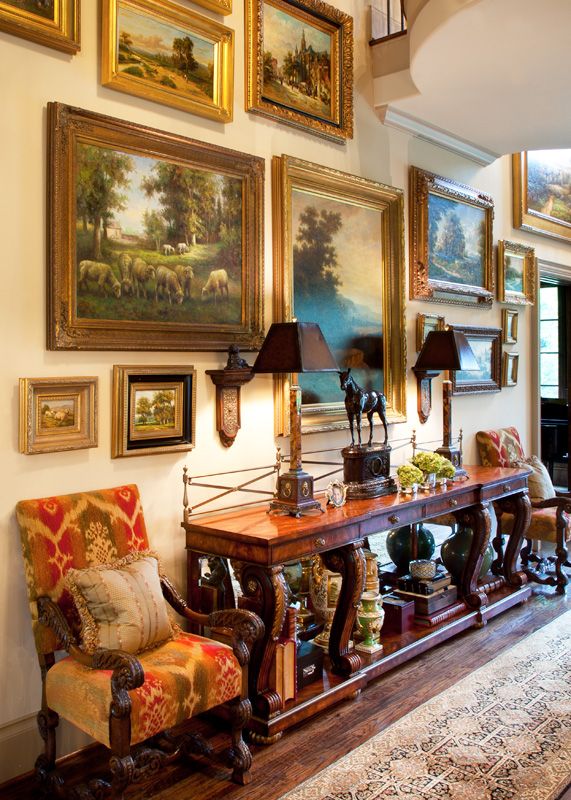The art world is as much dominated by connoisseurs and those with a keen eye for up and coming artists as it is by artists themselves. Though our lives are becoming increasingly digitised, the interest around physical works of art hasn’t dwindled. Just look at former Turner prize winners like Damien Hirst who can now sell their art for sums of up to seven figures.
But can just anyone afford to dive into the art market?
Self proclaimed addict art collector Emily Rubin writes in The Observer that ‘The art world is a potentially lucrative, always life-enhancing, wonderland.’ She advises that with careful, conservative purchases (she doesn’t spend more than $2,500 per piece) you can accrue a considerable investment over time. Plus, you can enjoy actually viewing and owning the art.
Where to start with art collecting?
If you want to start your collector business on the side, you’ll need to have a genuine interest in contemporary art trends. But, you don’t necessarily need to know everything. Niche galleries are often run by experts in their field of artistic study and their expertise can help you to make the right purchases.
Plus One Gallery in London, for example, in one of the premier hyperrealism galleries in the world. Its director, Maggie Bollaert, is a leading figure in her field and edited the gallery’s latest hyperrealism book ‘Exactitude, Hyperrealist Art Today’. Her knowledge and discerning eye arguably ensure the continued success of the specialist gallery. Take her advice and you could be investing in the next Chuck Close.
Choosing between art you like and art that is worthy
The art world thrives on its tastemakers. Familiarising yourself with the latest trends and popular styles is as key in the art industry as in tech, fashion or food. Social media can hold some interesting insight as several well connected art collectors and gallery owners use their instagram accounts to share their favourite pieces and artists.
When it comes to selecting your investment pieces, it is important to remember that your personal taste may or may not be in line with those influential in the valuation of art. Then again, art for value’s sake won’t bring you quite as much enjoyment as a piece that speaks to you and can be kept and enjoyed for years. These pieces could appreciate in value without you even realising. Be clear if you are making the purchase in a strategic business move, or for pleasure, or both.
Identify up and coming artists by their connections
Because of the time it takes to study, learn and develop, sometimes artists can emerge on the scene much later in life than in other careers.
There are numerous artists who have exhibitions at galleries around the world who are still making a name for themselves. Noticing their talent when it’s on the potential precipice of greatness will be crucial.
Take Owais Husain for example, he has been an artist for many years, exploring mixed media, figurative drawing and film as part of his expression. You may not know that he is the son of M.F. Husain who has been dubbed the ‘Picasso of India’ and as the prestigious title suggests, a famed artist until his death. His son’s work is already garnering appreciation and interest in the art community. His works could grow in value as he becomes more recognised, both as his father’s son, and an exciting artist in his own right.
Making money with art will never be a recipe for instant success, nor is it guaranteed to make you rich enough to retire. But with research, dedication and a clear motivation, your subjective eye could be the key to a rewarding collecting business.
